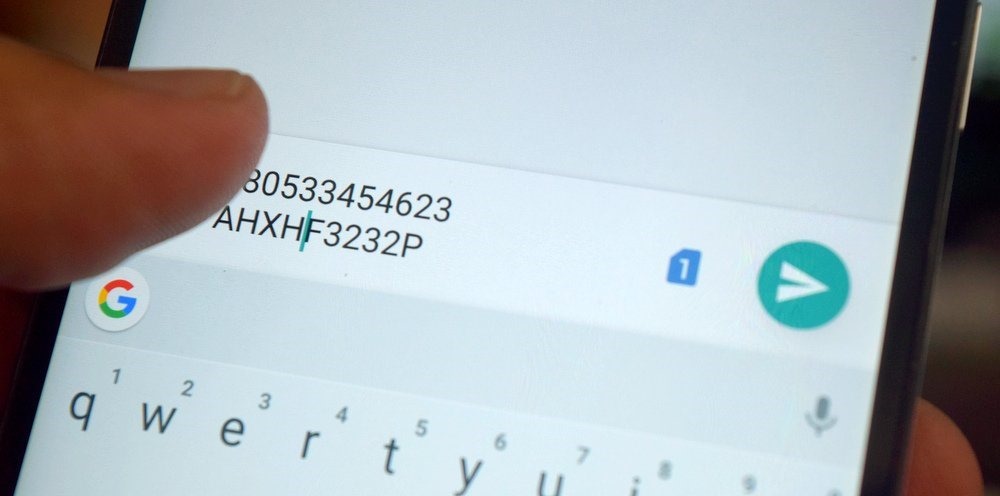TRAI Wants To Stop 100 Free SMSes/Day For Users; 50 Paisa Per SMS Charge Can Be Scrapped Too

Back in the early 2000s when Whatsapp or Facebook were yet to reach the masses, SMS was the medium of text-based wireless communication. From wishing Happy New Year or Happy Birthday to having a long chat with friends – SMS had our back
During the early 2000s, the telecom service providers used to generously offer a high number of discounted SMS against a very meagre amount. For example, Reliance GSM used to offer 500 discounted SMS per day for Rs 39. Even Vodafone, whose packs were always at the higher side, used to offer 500 SMS per day at Rs 80. That was ten years ago.
Contents
Why Did TRAI Impose A Limit On Discounted SMS ?
During the early 2000s, school or college goers were heavy SMS users as web based instant messaging services were still a distant dream. However, the telecom operators’ generous SMS offerings benefited not just the youths but the telemarketers as well. The heavily discounted SMS packs were misused by the telemarketers to send pesky SMSes.
To stop the nuisance of Unsolicited Commercial Communication or UCC ( in the form of SMS), the TRAI brought out many measures. One such measure was the daily SMS capping. On the fateful day of 5th November 2012, much to the displeasure of the youths, the TRAI ordered telecom service providers to limit the number of daily discounted SMS to 100. It was mandated that if a subscriber reaches the 100 SMS limit on any particular day, she would be charged 50p per SMS thereafter till the end of that day.
What Made TRAI Climb Down From Its Earlier Stance?
So now, the TRAI has released the draft Telecommunication Tariff (65th Amendment) Order, 2020. This draft order proposes the withdrawal of capping on the number of discounted SMS. The Authority is waiting for comments and counter comments regarding this order.
Now, the question arises – What made the TRAI climb down from its earlier strict stance? To understand this, you need to know what happened after the 2012 regulation. After the 2012 regulation that imposed the limit on free SMSes, the TRAI noticed that despite adopting various measures, pesky SMSes and calls were still causing nuisance.
In order to curb the nuisance of unwanted telemarketing calls and SMSes, the TRAI, in 2017, introduced the Telecom Commercial Communications Customer Preferences Regulation, 2018 (TCCCPR 2018). This regulation proposed to curb the menace of pesky calls and SMSes with the help of technology. TRAI was in favour of using technology based solutions like pattern detection or advanced signature solutions, UCC detect system etc to fight unwanted SMSes and calls.
New Telecom Tariff Order, 2020 – No Limit On Free SMS –
The Telecom Regulatory Authority of India (TRAI) thinks that the TCCCPR 2018 regulation is comprehensive and has the necessary power to control the menace of unwanted commercial communications or UCC. So, the previous order of regulating the number of free SMS has become irrelevant, according to the TRAI.
Since the technology driven solutions to identify and curb pesky SMSes and calls are comprehensive, the TRAI is in the mood to withdraw its previous order of putting limit on the number of free SMS.
The TRAI in its draft Telecom Tariff (65th Amendment) Order, 2020 says –
“ Considering that the new regulatory framework under Telecom Commercial Communications Customer Preference Regulations, 2018 is comprehensive, it is felt that there is no longer any need of restricting the number of SMSs allowed to be offered on concessional rate or regulating the tariff of SMSs and thus the Authority (TRAI) has decided to deleteSchedule XIIIto the principal tariff order.”
Is SMS Still Relevant ?
You might be thinking, what is the big deal? SMS is now outsmarted by Whatsapp, Messenger, Telegram and what not. But remember, SMS is still one of the most dependable ways of sending a written message. In the remotest places of India, even if you get mobile signal, you will find it hard to get a stable internet connection. It is the SMS that will have your back in such cases. Even in urban areas there are still pockets where 3G or 4G signal happens to be very weak. You have to use SMS in these areas to convey any urgent message. Again, these days telecom service providers are providing support for Rich Messaging Services that uses SMS and Data at the same time. This RCS is bound to give the SMS a good facelift thereby making it popular again. As the terminator says – ‘ I’m old, not obsolete.’ Same is true for SMS.
This is a Guest Post by Marifur Rahaman, who is a budding writer from Kolkata. He is a technology enthusiast and runs his own mobile phone store in the City of Joy.

Comments are closed, but trackbacks and pingbacks are open.